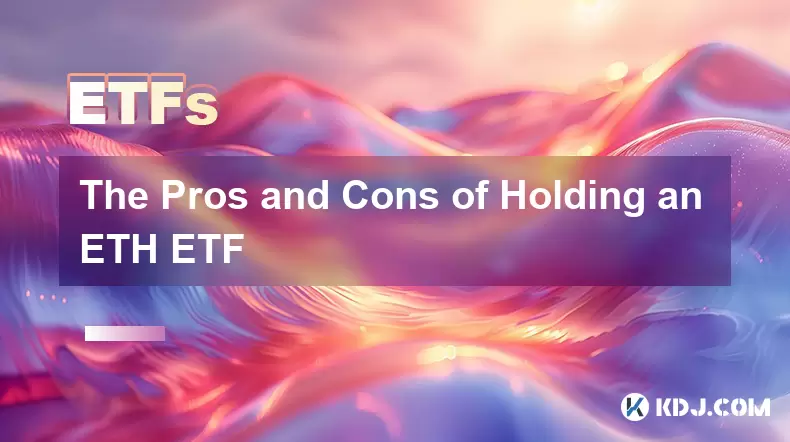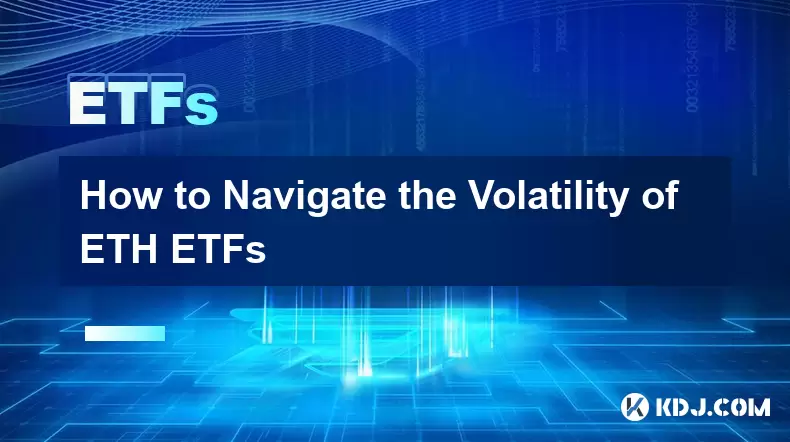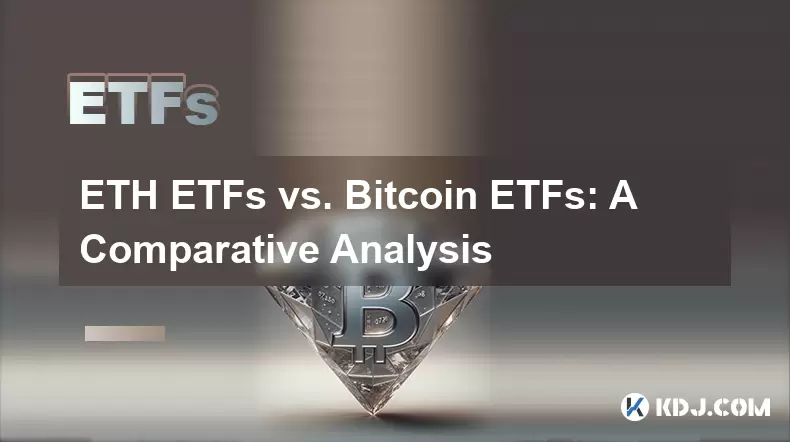-
 Bitcoin
Bitcoin $117700
-1.00% -
 Ethereum
Ethereum $4458
-3.91% -
 XRP
XRP $3.119
0.14% -
 Tether USDt
Tether USDt $1.001
-0.02% -
 BNB
BNB $836.6
-1.56% -
 Solana
Solana $189.5
-3.90% -
 USDC
USDC $0.9998
-0.02% -
 Dogecoin
Dogecoin $0.2335
1.29% -
 Cardano
Cardano $0.9642
1.51% -
 TRON
TRON $0.3539
-1.19% -
 Hyperliquid
Hyperliquid $47.41
-1.84% -
 Chainlink
Chainlink $21.92
-3.28% -
 Stellar
Stellar $0.4286
-0.23% -
 Sui
Sui $3.724
-3.29% -
 Bitcoin Cash
Bitcoin Cash $594.8
-0.78% -
 Ethena USDe
Ethena USDe $1.001
0.04% -
 Hedera
Hedera $0.2501
-2.06% -
 Avalanche
Avalanche $23.96
-4.87% -
 Litecoin
Litecoin $119.0
-2.32% -
 Toncoin
Toncoin $3.473
0.82% -
 UNUS SED LEO
UNUS SED LEO $9.596
0.17% -
 Shiba Inu
Shiba Inu $0.00001301
-0.39% -
 Uniswap
Uniswap $11.03
-0.25% -
 Polkadot
Polkadot $3.935
-2.62% -
 Dai
Dai $1.000
0.01% -
 Bitget Token
Bitget Token $4.564
-1.76% -
 Cronos
Cronos $0.1512
-4.11% -
 Ethena
Ethena $0.7306
-1.09% -
 Pepe
Pepe $0.00001087
-2.68% -
 Aave
Aave $300.2
-4.00%
Are ETH ETFs a Safe Investment?
An ETH ETF lets investors gain exposure to Ethereum’s price without owning the crypto directly, offering regulated, secure, and exchange-traded access to ETH’s market performance.
Aug 13, 2025 at 11:36 am

Understanding ETH ETFs and Their Structure
An ETH ETF (Ethereum Exchange-Traded Fund) is a financial product that allows investors to gain exposure to the price movements of Ethereum without directly owning the cryptocurrency. These funds are traded on traditional stock exchanges, making them accessible through standard brokerage accounts. The underlying assets of an ETH ETF can either be physically backed Ethereum or use futures contracts to mirror price performance. Physically backed ETFs hold actual ETH in secure custody solutions, while futures-based ETFs track Ethereum’s price through derivative instruments. Regulatory approval plays a crucial role in determining the structure and legitimacy of these funds. In jurisdictions like the United States, the Securities and Exchange Commission (SEC) evaluates whether an ETH ETF meets compliance standards related to market manipulation, transparency, and investor protection.
Regulatory Oversight and Legal Status
One of the primary factors influencing the safety of ETH ETFs is the level of regulatory scrutiny they undergo. In countries where cryptocurrency regulations are well-defined, such as Canada and several European nations, ETH ETFs have been approved and are actively traded. For example, the Purpose Ethereum ETF (ETHH) and the CI Galaxy Ethereum ETF (ETHX) are listed on the Toronto Stock Exchange and operate under strict regulatory frameworks. These ETFs are required to disclose holdings, undergo audits, and comply with anti-money laundering (AML) policies. In contrast, the United States has been more cautious. Although multiple firms have filed proposals, the SEC has expressed concerns about market volatility, custody risks, and potential fraud. Any ETH ETF approved in the U.S. would need to demonstrate robust mechanisms for price verification and investor safeguards. The presence of regulatory approval significantly reduces counterparty risk and enhances transparency, making such ETFs safer than unregulated crypto investment vehicles.
Custody and Security Measures
The safety of an ETH ETF heavily depends on how the underlying Ethereum is stored. Reputable ETF providers partner with licensed and insured custodians such as Coinbase Custody, BitGo, or Anchorage Digital. These institutions implement multi-signature wallets, cold storage solutions, and 24/7 monitoring systems to protect assets from hacking and theft. For example, cold storage ensures that private keys are kept offline, drastically reducing exposure to cyberattacks. Investors should verify whether the ETF discloses its custodian and the security protocols in place. Additionally, insurance coverage is critical—some custodians offer crime insurance policies that cover losses from theft or unauthorized access. Without such protections, the ETF becomes vulnerable to operational risks that could jeopardize investor funds.
Fees and Expense Ratios
Investing in ETH ETFs involves various costs that can impact long-term returns. Most ETFs charge an expense ratio, which is an annual fee expressed as a percentage of assets under management. For instance, the Purpose Ethereum ETF has an expense ratio of 1.00%, while others may range from 0.75% to 1.50%. These fees cover administrative costs, custodial services, and regulatory compliance. Investors should compare expense ratios across different ETH ETFs to identify cost-efficient options. High fees can erode gains, especially in a volatile market where Ethereum’s price may fluctuate significantly. Some ETFs may also impose management fees, trading fees, or brokerage commissions, depending on the platform used to buy shares. It is essential to review the fund’s prospectus to understand the full cost structure before investing.
How to Buy and Trade ETH ETFs
Purchasing shares of an ETH ETF follows a process similar to buying stocks. The steps are as follows:
- Open a brokerage account that supports ETF trading, such as Fidelity, Charles Schwab, or Interactive Brokers.
- Ensure the platform offers access to exchanges where ETH ETFs are listed, such as the Toronto Stock Exchange (TSX) or over-the-counter (OTC) markets.
- Search for the ETF using its ticker symbol—for example, ETHH.U for the U.S. dollar-denominated Purpose Ethereum ETF.
- Place a buy order by specifying the number of shares and order type (market or limit).
- Monitor the investment through the brokerage dashboard, where price changes and fund performance are displayed in real time.
Some brokers may require additional verification steps for international ETFs or impose currency conversion fees when trading in non-local currencies. Always confirm the settlement currency and any associated transaction costs before executing a trade.Risks Associated with ETH ETFs
Despite their regulated nature, ETH ETFs are not risk-free. The primary risk stems from Ethereum’s inherent price volatility. Sharp declines in ETH’s market value can lead to significant losses for ETF shareholders. Additionally, tracking error may occur if the ETF does not perfectly replicate Ethereum’s price due to fees, slippage, or delayed rebalancing. Futures-based ETFs face contango risk, where future contract prices are higher than spot prices, leading to negative roll yields over time. Liquidity is another concern—low trading volume can result in wider bid-ask spreads, making it harder to enter or exit positions at desired prices. Lastly, changes in government regulations or tax policies could impact the ETF’s operations or the tax treatment of gains, affecting investor returns.Frequently Asked Questions
Can I redeem ETH ETF shares for actual Ethereum?
No, ETH ETF shares cannot be redeemed for physical Ethereum. Investors own shares in the fund, not the underlying cryptocurrency. Redemption is typically handled in cash based on the net asset value (NAV) of the fund.Are ETH ETFs subject to capital gains tax?
Yes, profits from selling ETH ETF shares are generally subject to capital gains tax. The tax rate depends on the holding period and the investor’s jurisdiction. In the U.S., short-term gains (held under one year) are taxed as ordinary income, while long-term gains receive preferential rates.Do ETH ETFs pay dividends or yield?
ETH ETFs do not pay dividends because Ethereum itself does not generate dividend income. However, some staking-based funds may distribute staking rewards, but these are rare and often structured differently than traditional ETFs.How do I verify if an ETH ETF is legitimate?
Check if the ETF is listed on a recognized stock exchange and regulated by a financial authority such as the SEC, Canadian Securities Administrators (CSA), or European Securities and Markets Authority (ESMA). Review the fund’s prospectus, custodial arrangements, and audited financial statements for transparency.
Disclaimer:info@kdj.com
The information provided is not trading advice. kdj.com does not assume any responsibility for any investments made based on the information provided in this article. Cryptocurrencies are highly volatile and it is highly recommended that you invest with caution after thorough research!
If you believe that the content used on this website infringes your copyright, please contact us immediately (info@kdj.com) and we will delete it promptly.
- Kazakhstan's Crypto Leap: Bitcoin ETF and Central Asia's Digital Finance Future
- 2025-08-13 12:45:19
- BlockDAG Presale Blazes Past $371M: Fundraising Frenzy Fuels Crypto Sensation
- 2025-08-13 13:05:21
- Meme Coins: Chasing the 2025 Surge – Which Will Moonshot?
- 2025-08-13 10:25:23
- Bitcoin's Wild Ride: Rally, Pullback, and What's Next
- 2025-08-13 10:25:23
- Bitcoin, Bitmax, and Institutional Demand: A New Era of Crypto Investment
- 2025-08-13 10:45:12
- Solana, ROAM, and Airdrops: What's the Buzz in 2025?
- 2025-08-13 11:35:13
Related knowledge

What Factors Drive the Price of an ETH ETF?
Aug 13,2025 at 11:35am
Understanding the ETH ETF StructureAn ETH ETF (Ethereum Exchange-Traded Fund) is a financial product that tracks the price of Ethereum (ETH) and trade...

The Pros and Cons of Holding an ETH ETF
Aug 09,2025 at 04:14pm
Understanding the Concept of an ETH ETFAn ETH ETF (Ethereum Exchange-Traded Fund) is a financial product that tracks the price of Ethereum (ETH) and i...

The Pros and Cons of Holding an ETH ETF
Aug 08,2025 at 04:36am
What Is an ETH ETF?An ETH ETF (Ethereum Exchange-Traded Fund) is a financial product traded on traditional stock exchanges that aims to track the pric...

How to Navigate the Volatility of ETH ETFs
Aug 08,2025 at 03:14pm
Understanding ETH ETFs and Their Market StructureETH ETFs, or Ethereum exchange-traded funds, are investment vehicles that track the price of Ethereum...

How to Navigate the Volatility of ETH ETFs
Aug 13,2025 at 11:36am
Understanding the Nature of ETH ETFsEthereum (ETH) has emerged as one of the most influential digital assets in the cryptocurrency ecosystem. With the...

ETH ETFs vs. Bitcoin ETFs: A Comparative Analysis
Aug 07,2025 at 10:56pm
Understanding the Core Concept of Cryptocurrency ETFsCryptocurrency Exchange-Traded Funds (ETFs) are investment vehicles that allow traditional invest...

What Factors Drive the Price of an ETH ETF?
Aug 13,2025 at 11:35am
Understanding the ETH ETF StructureAn ETH ETF (Ethereum Exchange-Traded Fund) is a financial product that tracks the price of Ethereum (ETH) and trade...

The Pros and Cons of Holding an ETH ETF
Aug 09,2025 at 04:14pm
Understanding the Concept of an ETH ETFAn ETH ETF (Ethereum Exchange-Traded Fund) is a financial product that tracks the price of Ethereum (ETH) and i...

The Pros and Cons of Holding an ETH ETF
Aug 08,2025 at 04:36am
What Is an ETH ETF?An ETH ETF (Ethereum Exchange-Traded Fund) is a financial product traded on traditional stock exchanges that aims to track the pric...

How to Navigate the Volatility of ETH ETFs
Aug 08,2025 at 03:14pm
Understanding ETH ETFs and Their Market StructureETH ETFs, or Ethereum exchange-traded funds, are investment vehicles that track the price of Ethereum...

How to Navigate the Volatility of ETH ETFs
Aug 13,2025 at 11:36am
Understanding the Nature of ETH ETFsEthereum (ETH) has emerged as one of the most influential digital assets in the cryptocurrency ecosystem. With the...

ETH ETFs vs. Bitcoin ETFs: A Comparative Analysis
Aug 07,2025 at 10:56pm
Understanding the Core Concept of Cryptocurrency ETFsCryptocurrency Exchange-Traded Funds (ETFs) are investment vehicles that allow traditional invest...
See all articles

























































































